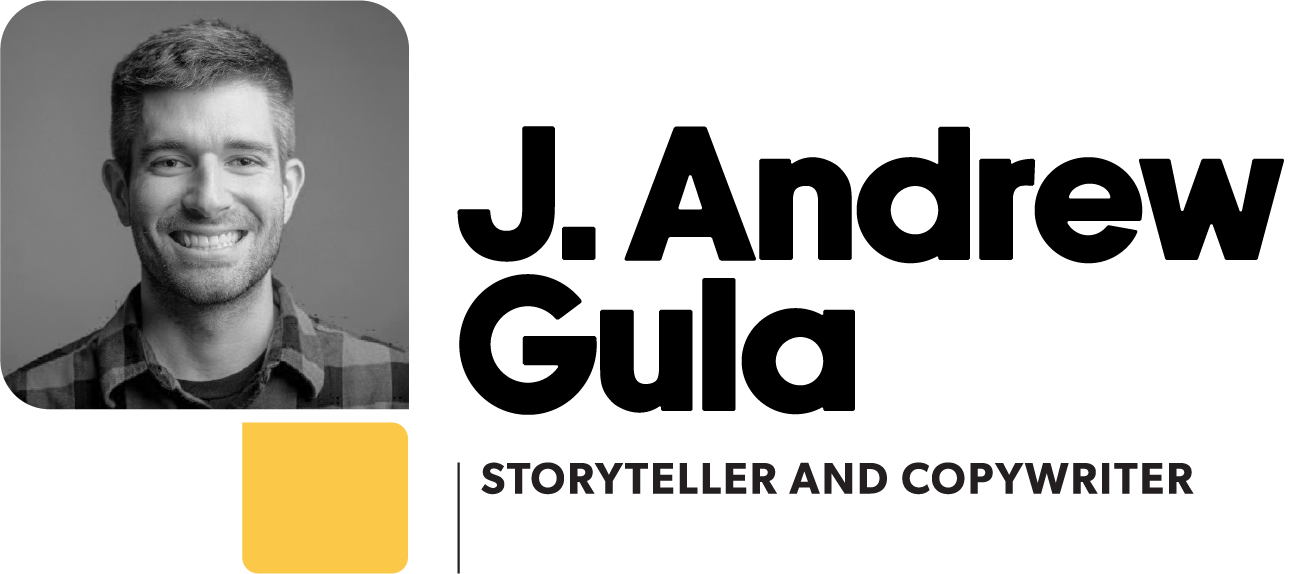Worldbuilding 101: Starting Over
Surprise surprise — another year, another worldbuilding project! I hinted about this in my previous post, but at the time, it was still just an idea. But things have started to take shape lately.
I’ve got a lot of mixed feelings about this. I put a ton of time into Project Eystora a few years ago, and then incorporated pieces of that into my Varheim project. Then I spent two years really diving into Varheim, planning eons of history for a single novel that literally nobody read.
I want to get back into writing. It’s a serious goal for me this year: Re-cultivate my “write every day” habit. To do that, I need a story to tell. And to tell a story, I need a setting that excites me.
I knew from prior experience that worldbuilding is a great way to get me excited about a project, and after writing one novel I already saw the limitations of Varheim. The world was complex and beautiful (It’s easily my favorite series of maps I’ve ever made.) but everything already felt pretty small. The interconnectedness of the world made it feel…limited, I guess.
So, I started thinking about something new, something that could pool my new ideas with the best pieces of Varheim, Eystora, and even Teragon, the setting of my very first novels. I could use all of them to shape something new, something better than anything else I’ve made.
It’s an audacious goal, but to quote Erasmus:
“Fortune favors the audacious.”
Piecing a world together
I really love the cover image for this post. It makes me think of maps and cartography, but closer inspection shows that it’s actually layering different pieces together to form something new.
That’s what my current project has become. I had an idea for a story but not a setting; I also had ideas for a broader world that didn’t line up with the story idea. So I asked myself, “What if the story is a standalone prequel, set before some big event that shifts the world a bit?” I could explore a new setting and develop it while also planning how it would evolve in the future.
In some ways, it’s a little wasteful. I’ll spend all year working on a version of a setting that will cease to exist. But it also provides a bit of a safety net. I have the freedom to try stuff because I can always “rewrite” it later within the mythology of the world.
I’ll get excited about the world, races, history, etc., and I’ll also get back into the habit of writing consistently. It feels like a win-win situation, and so far it’s kept me brainstorming, mapmaking, and sharing ideas with friends for the past three months. So it’s full steam ahead for this new (still unnamed) project.
Raising the stakes
I’m planning for this project to be bigger than anything I’ve done before, literally and figuratively. The continent or landmass will be bigger than any previous project (with the exception of one random experiment that never went anywhere), with more historical development than I’ve done before. I’m talking race subcultures, splintered religions, cultural migrations… You name it.
But that’s also a lot of work — more than I can realistically accomplish in a year or two. So my plan is to build the world a piece at a time. I can develop a broad framework, but choose a specific area for a story and then focus my efforts on adding polish and details there.
For example, if I’m writing a story in Region A, then I’ll put all my effort into developing the ecosystem, infrastructure, and sociopolitics within that specific corner of the world. I’ll still think about the wider setting and develop it over time, because everything will be at least slightly interconnected. But this “piece by piece” effort should take away the burden of building an entire world; instead, I can craft specific pieces as I need them or as inspiration strikes.
It’s a new tactic for me. I’ve always been an outline writer rather than a discovery writer (the kind of person who sits down and writes a story from start to finish with little-to-no planning). The same applies to my worldbuilding process. But I’m hoping this plan lets me find a happy medium, freeing me to focus on things I’m interested in and helping me stay excited for the long term.
And by “long term,” I’m talking long term. This could be the sort of project I worldbuild and write in for the next decade. That’s something I haven’t had since I finished my fourth fantasy novel 9 years ago, back when writing every day was a driving passion and a core focus in my life.
Here’s hoping there’s a correlation between those two things.

